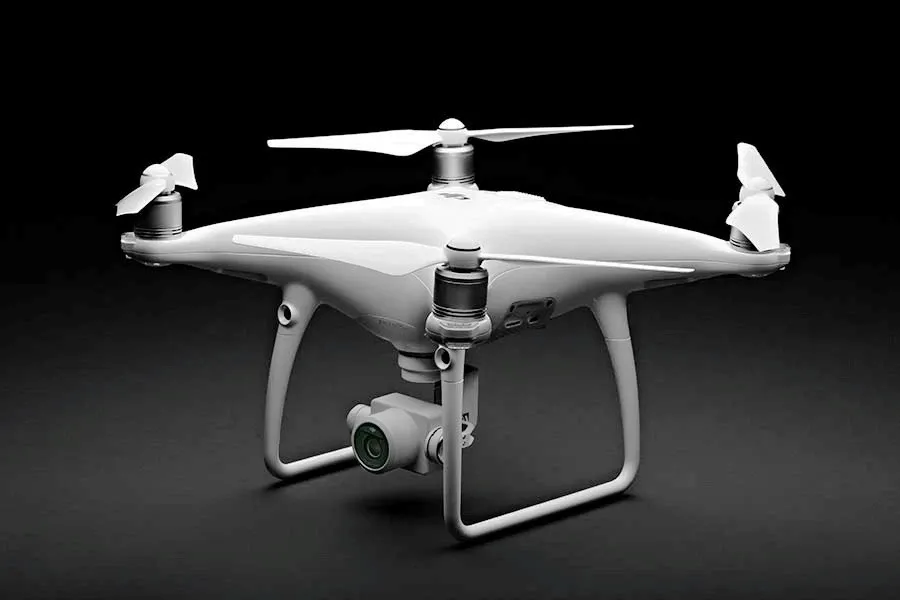Infobip Shift Miami Secures Record Attendance in Its Second Year
Infobip Shift Miami, the American version of the Croatian developer conference, this week brought together a diverse technology-sector audience on the shores of Florida.

DJI believes existing technology and local communication protocols can provide a robust system for managing and monitoring drone traffic, without requiring new equipment or a massive new database of all drone flights.
DJI outlined its regulatory approach to ensuring the safe growth of drone traffic in two white papers delivered Saturday at the International Civil Aviation Organization (ICAO) Drone Enable conference in Montreal.
“The rapid adoption of drones for business, academic, government and nonprofit uses has generated enormous benefits for society, but it has also raised concerns about how authorities can identify drones and ensure they operate safely in complex airspace,“ said Walter Stockwell, DJI Director of Technical Standards.
“Rather than develop complicated new systems using untested technology, DJI believes industry and government can address these challenges with equipment available today, and without requiring every drone flight to be permanently recorded in a government database.“
In one white paper available, DJI proposes that unmanned traffic management (UTM) systems do not require a centralized control center to establish flight paths and help drones avoid traditional aircraft, fixed obstacles and each other.
Instead, drones can directly coordinate their flight paths and avoid obstacles by using On-board Anti-collision Technologies (OATs) already found on many civil drones, such as obstacle sensing systems and radio transmitters and receivers communicating with other drones.
“We envision a future in which drones will be smart enough to navigate safely through the airspace, avoiding obstacles, each other, and manned traffic, all on their own, in most locations,“ the white paper states.
“Because OATs are less complex than an end-to-end automated traffic management system, because they present fewer points of failure, and because they can be deployed with no required investment in ground-based infrastructure, we expect these technologies will receive regulatory approval well before a networked UTM system will.“